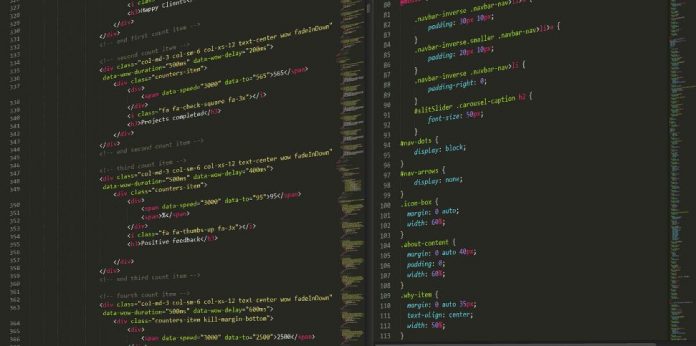Headers and footers have the power to make your web pages look unique and dynamic in the crowd of millions of other web pages. In a website, headers and footers always remain the same for all web pages.
While the header contains things like banners, logos, and advertisements on the top of the pages the footer on the other hand contains general stuff of the bottom parts of web pages.
The most important part of web page design is the number of options available on the top part of the web pages. This is called the header. A bold graphic may tease the casual web surfers so prepare a logo and catch phrases that will immediately attract the web browsers.
Ways to create dynamic header
A careful graphic design in the header will impart your website a wonderful visual identity. A ‘signature’ graphic and page layout allows the reader to understand the purpose of the document and its subsequent relation to the other pages.
Perfect graphics used in the headers show the relatedness of a series of other web pages. You must place a catchy phrase and a perfect slogan of your company that will attract all the web browsers to your site.
Include some basic navigation links, which will lead the web browser to other useful sites.
Another basic factor to make your header dynamic is using specific colors. If your website is corporate one, then use blue color, for it signifies trust and reliability.
If your website deals with personal matters then assign red color to it for red signifies affection and love. If your website is dealing with food matters then impart yellow and orange colors, for these colors enhance your appetite and so on.
Create a wonderful company logo that will symbolize your company and the main purpose of your website. To make your web pages look dynamic, the header area should contain a prominent title at the top.
Images placed above the title should not be large, for then it might force the title and introductory text out of the web page.
Factors to consider while creating a dynamic footer
The footer of the web page always contains basic data about the web site. It should contain links that will lead one web page to other pages displaying topics like ‘About Us’, ‘Contact Us’, ‘Privacy Policy’, etc.
When the site visitors have reached the footer area of the web page, the links placed on the header are no longer visible to them. So place new links at the end so that those links can once again lead the browsers to other essential pages.
To make your footer look dynamic, including the logo of any other products that your company sells. Place a link on them so that on clicking on them, the browser can view specific information about those products.
Give proper color combinations to the footer to impart meaning to your site. The links exchanged with other company sites can be placed on the footer to make your web pages look dynamic, and thereby, attract a huge range of traffic to your web page. Create rectangular table cells for both header and footer to give them a uniformed and official look.

